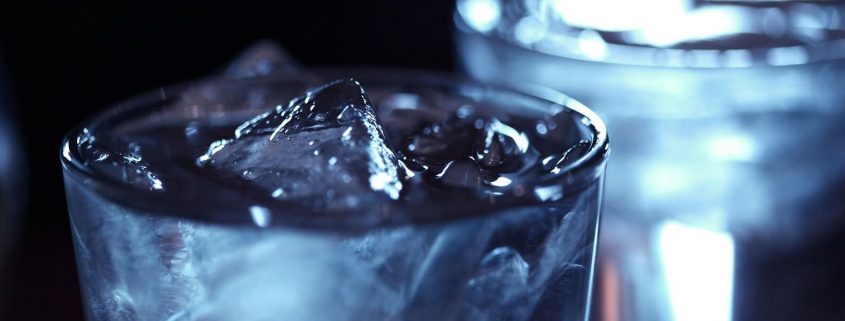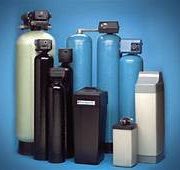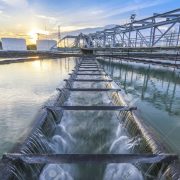Water testing is recommended for well owners, if the water changes in taste, appearance, or odor, once if you’ve moved into a new home or area of the city, if the septic system has recently malfunctioned or some other circumstances that would cause you to worry about contamination, recurring gastrointestinal illness in the family/residents of the home, if or when an infant is residing in the home, and to monitor the efficiency regularly of any at-home water treatment equipment you are employing.
If you don’t know when you should test your water beyond these suggestions, you can contact your local health and/or environmental agency for the recommendations for your area. At-home water testing kits are available, otherwise you can employ a professional like any other home service such as a plumber or electrician, or your water works company. If you do a home water test and you are unsure how to interpret the results, a professional can help you interpret them as well.
Some common markers to look for are:
Coliform Bacteria
This is the most common marker for bacterial contaminants. The presence of this element is an indicator of contamination of human or animal waste. Total Coliform is a broad category of bacteria and poses little threat to humans unless the number is incredibly high. The marker can also be caused by soil, vegetation, insects and others. This marker is important because it gives you a place to begin, so future water testing can indicate whether or not your water condition is worsening. If fecal matter is a concern, further testing can determine if it’s a matter in need of attention, such as the e-coli test.
Nitrates
Nitrates typically come from fertilizers, septic systems, animal manure, and sewer lines. It can also occur naturally in the breakdown process of soil and rocks. High levels indicate a health risk and additional testing will be necessary to check for other markers of bacteria and pesticides. This particular contaminant is especially harmful to babies and children and should not be used to mix with formula or food.
Other Natural Contaminants
As previously mentioned, your city or state may have guidelines for which testing will best suit your region. Some water-quality concerns in certain areas may include arsenic and radon testing. Arsenic ca occur in water that comes into contact with certain types of rock and soil and Radon is a colorless, odorless, and taste-free gas that comes from radioactivity of uranium in the ground. Areas that are at risk for Radon exposure have to test both the air and water, because they can be ingested into the body by both.
Other parts of home water testing including checking the PH balance and hardness, iron, manganese, and sulfides that can cause problems with plumbing, staining things it comes into contact with, the way the water appears, its odor, and how it feels on your body and hair. If your water appears cloudy or oily, your fixtures become visibly disturbed, or water treatment equipment seems to have malfunctioned, be sure to bring in a professional prior to consuming or using any more of the water.









